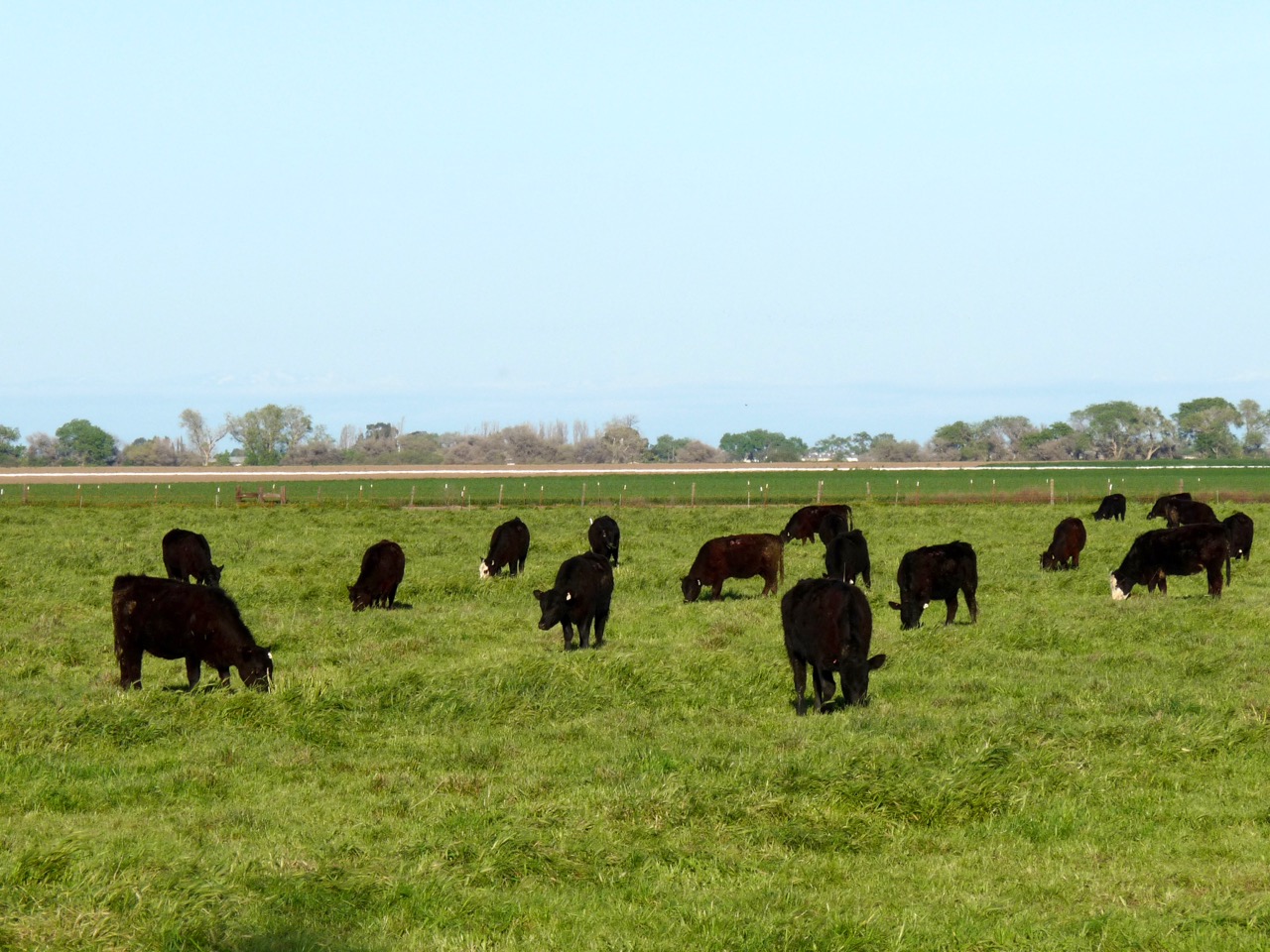Specialty Farms Grow for A Diverse Customer Base
Small Specialty Farms Specialize on Niche Crops
By Jessica Theisman, Associate Editor
Cal Ag Today recently spoke with Mark Gaskell, a University of California Cooperative Extension Small Farm and Specialty Crop Advisor for San Luis Obispo County. He explained the definition of a small farm.
“I remember the USDA used to define a small farm as a $250,000 in gross income or a $350,000 in gross income,” Gaskell said.
Gaskell also works with specialty crops that are lower in volume but are high value crops.
“I don’t ask small farmers what their gross sales is by any means, but because of the emphasis on these specialized niche crops, I tend to see more small scale farming operations,” Gaskell said.
Blueberries are a perfect example of a specialty crop in California. With a large, diverse population, this pushes the growers to continue producing high-quality fresh crops.
Blueberries were originally grown in the eastern United States because they like the acidic soil. Of course California growers found a way to amend the soil to drop the pH.
“Because of California’s diverse population and appreciation for high-value, fresh market items, we tend to avoid more commodity-type crops. Small farms need to specialize in fresh market, high value crops for this diverse population base,” he said.












